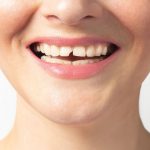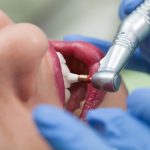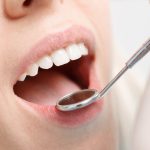When Do Kids Start Losing Teeth? A Comprehensive Guide for Parents
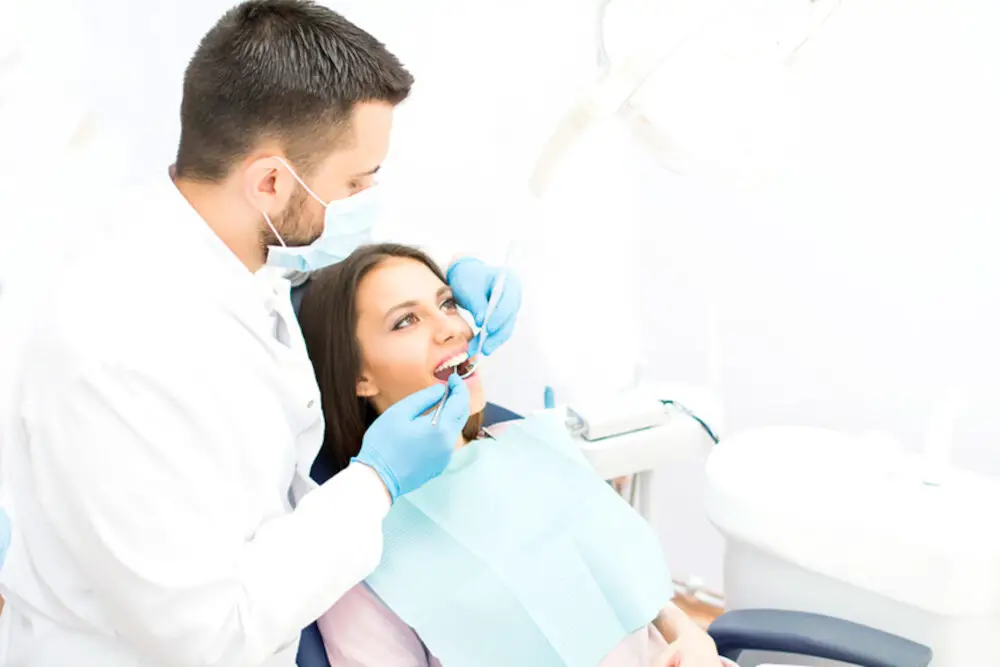
As parents, there are many milestones we look forward to in our children’s lives, and losing their first tooth is certainly one of them. It’s a sign that they are growing up and entering a new phase of childhood. But when exactly should we expect our little ones to start losing their teeth? The answer is not as simple as you might think. There are many factors that can influence when a child’s teeth will fall out, including genetics, nutrition, and oral hygiene. In this comprehensive guide, we will explore everything you need to know about when kids start losing teeth, from the first loose tooth to the last. The process of losing baby teeth, also known as primary teeth, is a natural part of growing up. Baby teeth start to emerge when a child is around six months old, and they typically have a full set of 20 primary teeth by the time they are three years old. These teeth are important for a child’s development, allowing them to eat, speak, and smile with confidence. But as children grow, their jaws also grow, and eventually, the primary teeth will need to make way for the permanent teeth. This process usually starts around the age of six or seven, but it can vary widely from child to child. Some children may start losing teeth as early as four years old, while others may not lose their first tooth until they are eight or nine.
Understanding when kids start losing teeth is an essential aspect of parenting. It’s a milestone that every child goes through, and being familiar with the process can help parents provide the necessary care and support for their child. The loss of baby teeth can be an exciting and sometimes confusing time for children, and it’s important for parents to be prepared with the right information. Knowing when to expect the loss of teeth can help parents plan for dental care and guide their child through the process. Additionally, understanding the timeline for losing baby teeth can also help parents identify any potential issues with their child’s oral health, allowing them to seek professional help if needed. Overall, being informed about when kids start losing teeth is crucial for parents to help their child maintain a healthy and happy smile.
The process of losing baby teeth, also known as exfoliation, is a natural and necessary milestone in a child’s development. It typically begins around the age of six, but can vary from child to child. The roots of the baby teeth gradually dissolve, allowing the teeth to become loose and eventually fall out. This process can take several months to a few years to complete. As the baby teeth are lost, the permanent teeth begin to grow in their place. This process is important for the proper alignment and spacing of the permanent teeth, which can impact a child’s dental health and overall well-being. Parents can support their child through this process by encouraging good dental hygiene habits and providing a balanced diet to support healthy tooth development.
Understanding the Development of Teeth
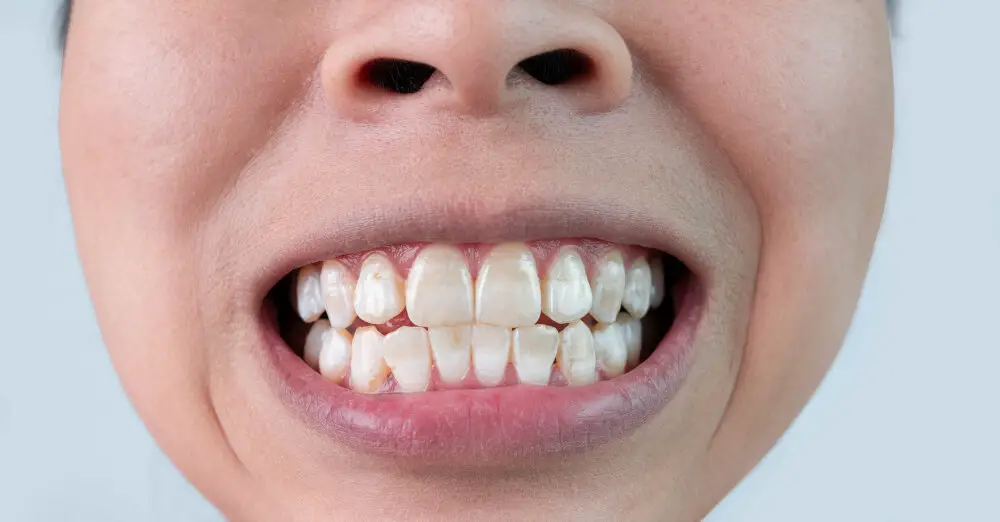
The development of teeth is a complex process that begins before a child is born. Teeth begin to form in the fetus at around six weeks of gestation. The first teeth to form are the primary teeth, also known as baby teeth. These teeth continue to develop until they erupt through the gums, usually starting at around six months of age. The primary teeth will eventually be replaced by permanent teeth, which will begin to emerge at around six years of age. The development of teeth is an ongoing process that continues into adolescence and early adulthood. Teeth develop in stages, with each stage playing a critical role in the formation and eruption of teeth. The first stage of tooth development is the bud stage, during which the tooth germ forms within the jawbone. The second stage is the cap stage, during which the tooth germ takes on a cap-like shape and begins to differentiate into different types of tissue. The third stage is the bell stage, during which the tooth germ develops into the shape of a tooth and begins to form the enamel, dentin, and pulp. Finally, the fourth stage is the eruptive stage, during which the tooth emerges through the gums and into the mouth. Understanding the development of teeth is essential for parents to monitor their child’s oral health and ensure that they receive proper dental care.
The process of a child’s teeth development is fascinating, and it all starts with baby teeth, also known as primary teeth. These teeth are the first set of teeth to appear in a child’s mouth, usually emerging between the ages of six to twelve months. The lower central incisors are typically the first to come in, followed by the upper central incisors, and then the lateral incisors. By the age of three, most children have a full set of baby teeth, consisting of 20 teeth in total. It’s important to take good care of these teeth, as they play a crucial role in a child’s ability to chew, speak, and maintain proper oral hygiene.
Children typically have 20 baby teeth, also known as primary teeth. These teeth usually start to appear between the ages of 6 months to 1 year, and they continue to erupt until the child is about 3 years old. The baby teeth serve as placeholders for the adult teeth that will eventually replace them. As the child grows, the roots of the baby teeth begin to dissolve, allowing the adult teeth to push through the gums and take their place. It’s important for parents to monitor their child’s dental development and ensure they are practicing good oral hygiene habits from a young age to set them up for a lifetime of healthy teeth and gums.
Permanent teeth start to develop in children around the age of six years old. These teeth will eventually replace the baby teeth that have been in the child’s mouth since infancy. The first permanent teeth to emerge are typically the molars, which are located at the back of the mouth. Over time, the other permanent teeth will begin to develop, including the incisors, canines, and premolars. It is important for parents to monitor their child’s dental development during this time, as any issues or abnormalities should be addressed by a dentist. Providing proper dental care and monitoring the development of permanent teeth can ensure that a child has a healthy and beautiful smile for years to come.
Signs That Your Child is Ready to Lose Teeth
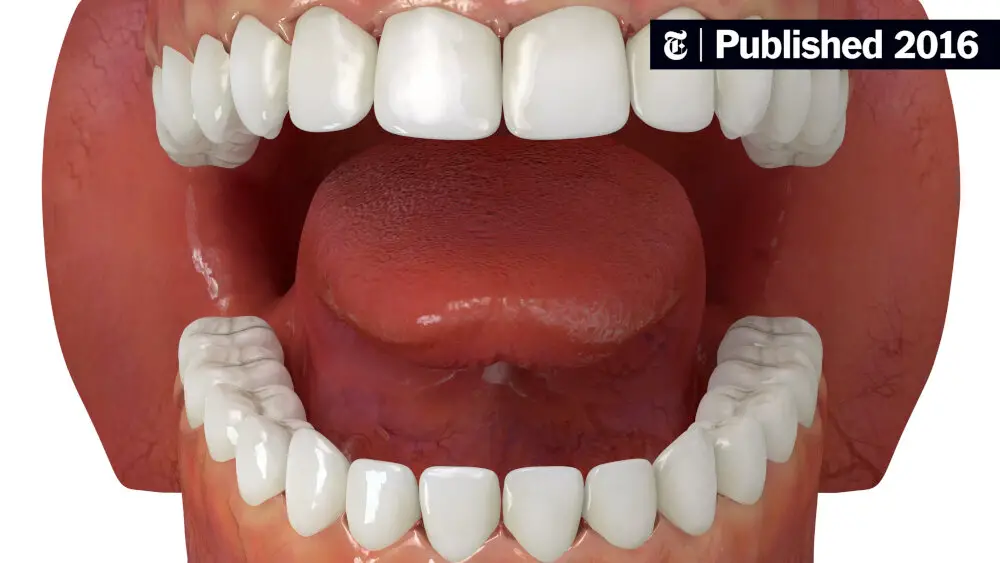
One of the most exciting moments for children is when they start losing their baby teeth. It’s a sign that they are growing up and entering a new phase in their life. As a parent, it’s important to know when your child is ready to lose teeth. There are a few signs that you can look out for, such as loose teeth, pain or discomfort when biting or chewing, and gums that are swollen or red. If you notice any of these signs, it’s likely that your child is ready to start losing their teeth. Another sign that your child is ready to lose teeth is when their permanent teeth start to grow in. This is usually around the age of six or seven, although it can vary from child to child. The first permanent teeth to grow in are usually the molars at the back of the mouth. These teeth may cause some discomfort or pain as they push through the gums, but this is normal and should only last for a few days. Once the permanent teeth have grown in, it’s important to make sure that your child takes good care of them by brushing and flossing regularly. With proper care, your child’s permanent teeth can last a lifetime.
Losing teeth is a significant milestone in a child’s growth, indicating the transition from baby teeth to permanent teeth. This natural process usually begins around the age of six and continues until the age of twelve or thirteen. The first to fall out are usually the lower front teeth, followed by the upper front teeth. Loose teeth can be a source of excitement for children, but it can also be a cause for concern for parents. It’s important to ensure that children maintain good oral hygiene habits to prevent infections and decay, and also to keep an eye on the development of their adult teeth. Although it’s a natural process, it’s always best to consult a dentist if you have any concerns.
Changes in tooth color are often seen as children transition from baby teeth to permanent teeth. Baby teeth tend to be whiter and brighter than adult teeth, which can have a slightly yellowish tinge. As adult teeth come in, they may appear darker due to the thicker layer of dentin underneath the enamel. Additionally, certain factors such as diet, poor oral hygiene, and certain medications can cause teeth to become discolored. It’s important for parents to teach their children good oral hygiene habits and to schedule regular dental check-ups to ensure their child’s teeth remain healthy and bright.
Gum sensitivity is a common issue that children may experience when they start losing their teeth. As the roots of baby teeth begin to dissolve, the surrounding gum tissue may become inflamed and tender. This can cause discomfort and pain when chewing or brushing. Additionally, the emergence of permanent teeth can also cause gum sensitivity as they push through the gum tissue. Parents can help alleviate gum sensitivity by encouraging their children to brush gently and use a soft-bristled toothbrush. They can also provide a diet rich in vitamins and minerals to support healthy gum tissue. If gum sensitivity persists or is accompanied by other symptoms such as bleeding or swelling, it is important to consult a dentist for further evaluation and treatment.
The Process of Losing Baby Teeth
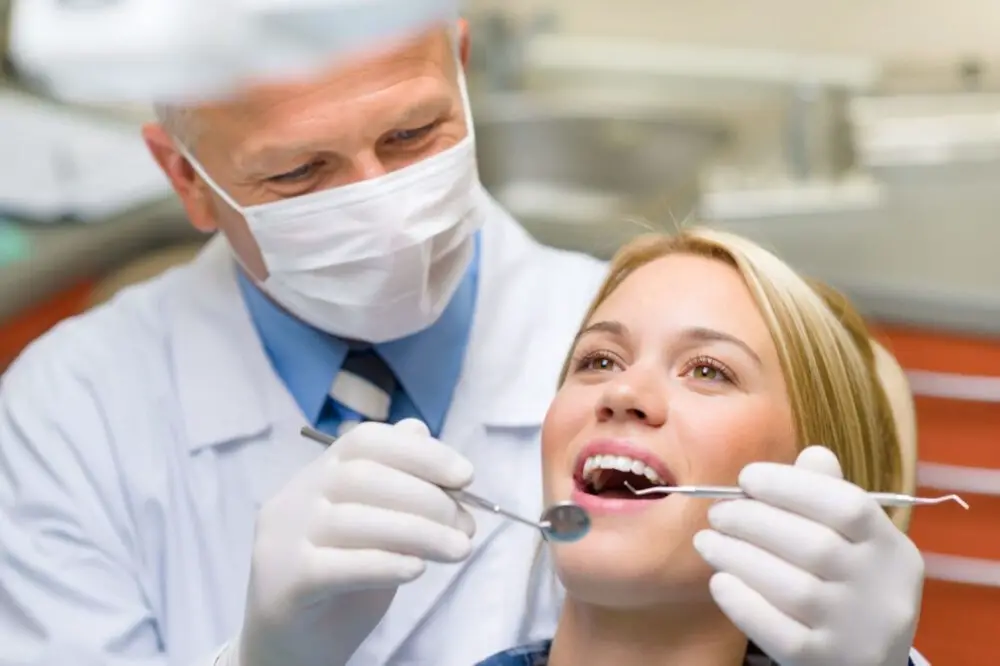
The process of losing baby teeth is a natural and necessary part of a child’s development. It typically begins around the age of six or seven, but can vary from child to child. As the permanent teeth begin to grow and push against the roots of the baby teeth, the roots start to dissolve and the baby teeth become loose. Eventually, they fall out, leaving room for the permanent teeth to take their place. The process of losing baby teeth can be an exciting and sometimes scary time for children. They may experience some discomfort or pain as their teeth become loose and prepare to fall out. It’s important for parents to provide comfort and reassurance during this time, and to help their child take care of their new permanent teeth as they grow in. Encouraging good oral hygiene habits, such as brushing and flossing regularly, can help ensure healthy teeth and gums for years to come.
Baby teeth, also known as primary teeth, are typically shed in the order that they erupted. The process of shedding begins when the roots of the primary teeth start to dissolve, which then allows the teeth to become loose and eventually fall out. This typically occurs around the age of six or seven, but can vary from child to child. The first teeth to be shed are usually the lower front teeth, followed by the upper front teeth. As the permanent teeth grow in, they push the baby teeth out of the way, eventually taking their place. This natural process can be exciting for children, as they eagerly anticipate the arrival of their permanent teeth. It is important for parents to emphasize good oral hygiene habits during this time, as the health of the permanent teeth depends on the care of the primary teeth.
The timeline for losing baby teeth can vary slightly from child to child, but generally, children start losing their primary teeth between the ages of 5 and 7 years old. The process typically begins with the two bottom front teeth, followed by the two top front teeth. From there, the remaining teeth will gradually loosen and fall out over the next several years. Most children will have lost all of their baby teeth by the time they are 12 or 13 years old. It’s important to note that the order in which teeth are lost can vary, and sometimes, a child may lose a tooth earlier or later than expected. Parents can help their children through this process by encouraging good oral hygiene habits and being patient and supportive as their child’s smile begins to change.
The process of losing teeth can be an exciting yet daunting experience for both kids and parents alike. Typically, the process begins around the age of six and continues until the age of twelve. During this time, children can expect to feel some discomfort or pain as their baby teeth start to loosen and fall out. This is perfectly normal and can be managed with over-the-counter pain relief medication or by applying a cold compress to the affected area. Parents can expect to see their child’s permanent teeth start to emerge shortly after the baby tooth has fallen out, and it’s important to teach kids the importance of good dental hygiene to keep their new teeth healthy and strong.
Caring for Your Child’s Teeth During the Transition
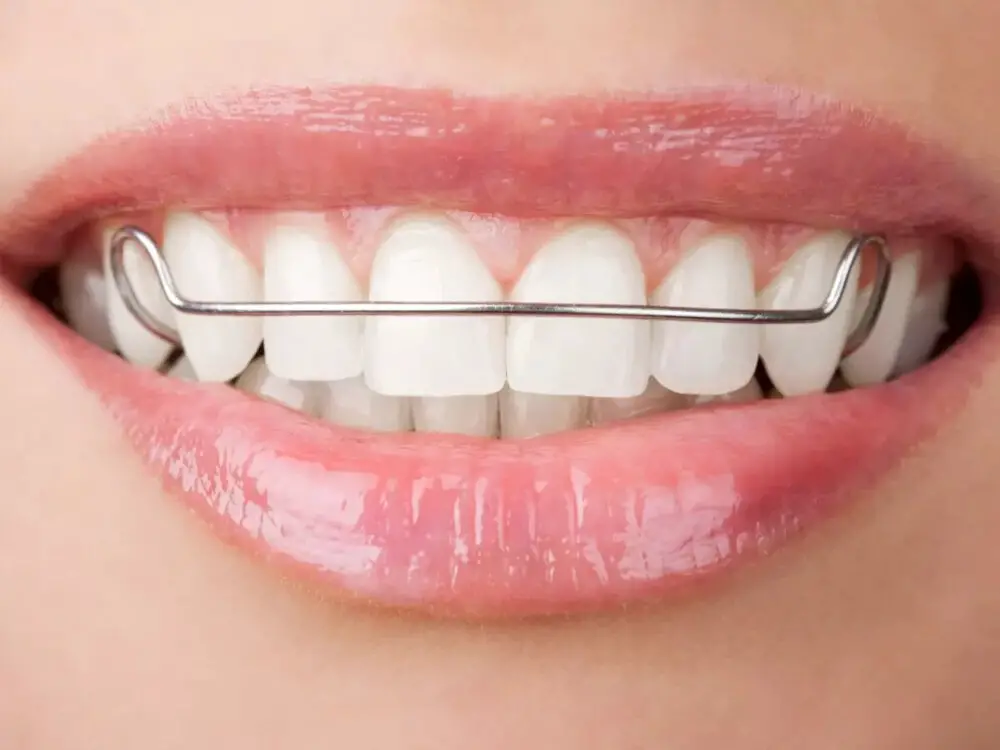
As a parent, it is essential to be aware of your child’s dental hygiene, especially during the transition period when they start losing their baby teeth. It is recommended that you start taking care of your child’s teeth as early as possible to prevent any dental problems in the future. During the transition period, you need to be extra cautious and careful as your child’s permanent teeth are developing, and any dental issues can affect their growth and development. To care for your child’s teeth during the transition period, you need to ensure that they brush their teeth twice a day with a fluoride toothpaste. You can also help them floss their teeth in the evening to remove any food particles that may be stuck between their teeth. It is also important to monitor their diet and make sure they are not consuming too many sugary snacks or drinks. Encourage your child to drink plenty of water and eat a balanced diet to promote healthy teeth and gums. Finally, make sure to take your child for regular dental checkups to detect any dental issues early and prevent them from progressing into more significant problems. By following these simple steps, you can ensure that your child’s teeth remain healthy and strong during the transition period.
During the transition of losing baby teeth and growing permanent teeth, it’s important to maintain good oral hygiene habits. Firstly, make sure your child is brushing their teeth twice a day with fluoride toothpaste and flossing daily to remove any food particles and plaque buildup. Encourage your child to drink plenty of water and limit sugary drinks and snacks, as this can contribute to tooth decay. Additionally, ensure they visit the dentist regularly for check-ups and cleanings to detect any issues early on and prevent further damage. By instilling good oral hygiene habits early on, you can help your child maintain a healthy and beautiful smile for life.
Proper brushing and flossing techniques are essential to maintain healthy teeth and gums. For brushing, the toothbrush should be placed at a 45-degree angle to the teeth and gums and moved in a circular motion. It is important to brush all surfaces of the teeth, including the front, back, and chewing surfaces, and to brush for at least two minutes. Flossing should be done at least once a day, using a piece of floss about 18 inches long. The floss should be wrapped around the fingers and gently inserted between the teeth, using a back-and-forth motion to remove any debris. By following these techniques, children can develop good oral hygiene habits that will last a lifetime.
As parents, it’s important to keep in mind that certain foods and drinks can harm your child’s teeth and gums. Sugary and acidic foods, such as candy, soda, and fruit juices, can erode tooth enamel and lead to cavities. Sticky and chewy foods, such as gummies and caramel, can also get stuck in between teeth and cause decay. Additionally, carbonated drinks and sports drinks can be highly acidic, leading to enamel erosion and tooth sensitivity. It’s best to limit these types of foods and drinks and opt for healthier options like water, milk, and fresh fruits and vegetables. By taking care of your child’s oral health early on, you can help ensure a lifetime of healthy teeth and gums.
In summary, parents should be aware that the process of losing baby teeth is an important milestone in their child’s development, starting at around the age of six and continuing until the age of 12 or 13. It is important to monitor their child’s dental health and assist them in practicing good oral hygiene habits, including brushing and flossing regularly. Parents should also be mindful of any signs of potential dental problems, such as loose teeth, tooth pain or sensitivity, and seek professional dental care as needed. By taking an active role in their child’s dental health, parents can help ensure a lifetime of healthy teeth and gums.
Regular dental checkups are essential, especially during the time when kids start losing their teeth. Dental visits not only help identify any dental issues but also prevent the development of more severe problems. Getting a dental checkup twice a year ensures that teeth are developing correctly, and any potential issues can be detected early on. This timely intervention can prevent tooth decay, gum disease, and other dental problems that may require extensive procedures in the future. Moreover, regular dental checkups help in educating kids about dental hygiene and the significance of taking care of their teeth. It is crucial to instill good dental habits in children early on, as this can help them maintain healthy teeth and gums throughout their lives.
The process of losing teeth in children is a natural and inevitable part of their growth and development. While it can be a bit intimidating for both parents and children, it is important to remember that it is a normal and healthy part of the maturation process. As parents, it is important to support and encourage our children as they navigate this new experience, whether it be through providing comfort during the discomfort of teething or celebrating the milestone of losing their first tooth. Ultimately, the process of losing teeth is just one step in a long journey of growth and development, and it is our job as parents to help our children embrace each step along the way.
Conclusion
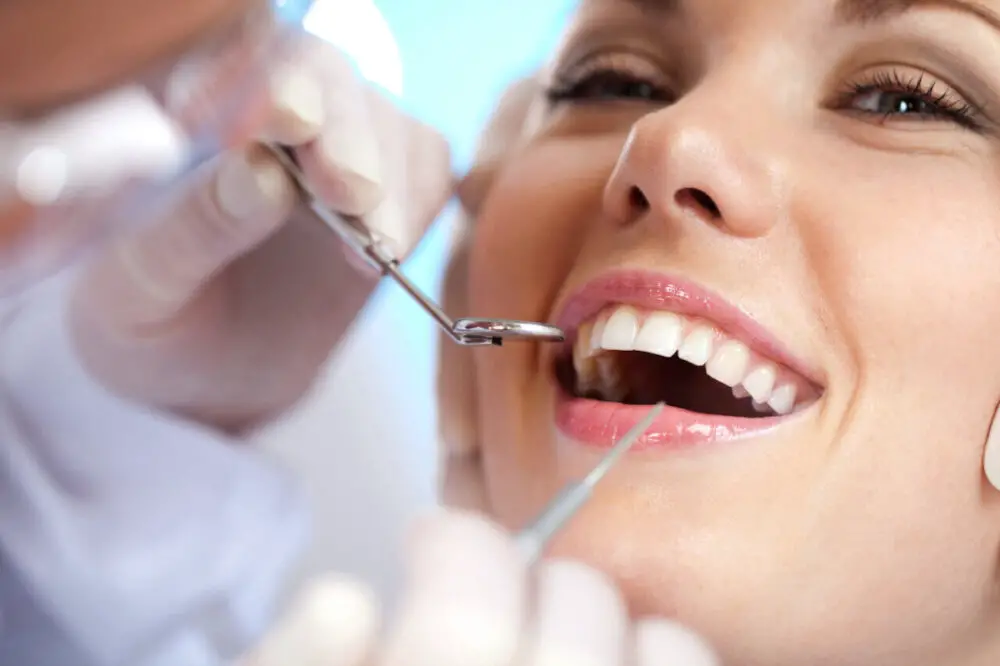
In conclusion, understanding the process of when kids start losing teeth is an essential aspect of parenting. As a parent, being knowledgeable about the timeline of tooth loss can help ease any anxiety or concerns that may arise during this natural process. It is crucial to remember that every child is unique and may experience tooth loss differently. Encouraging good oral hygiene habits and regular dental check-ups can also ensure that your child’s teeth remain healthy and strong. Ultimately, by remaining informed and proactive, parents can help their children navigate the exciting and sometimes challenging journey of losing baby teeth.





